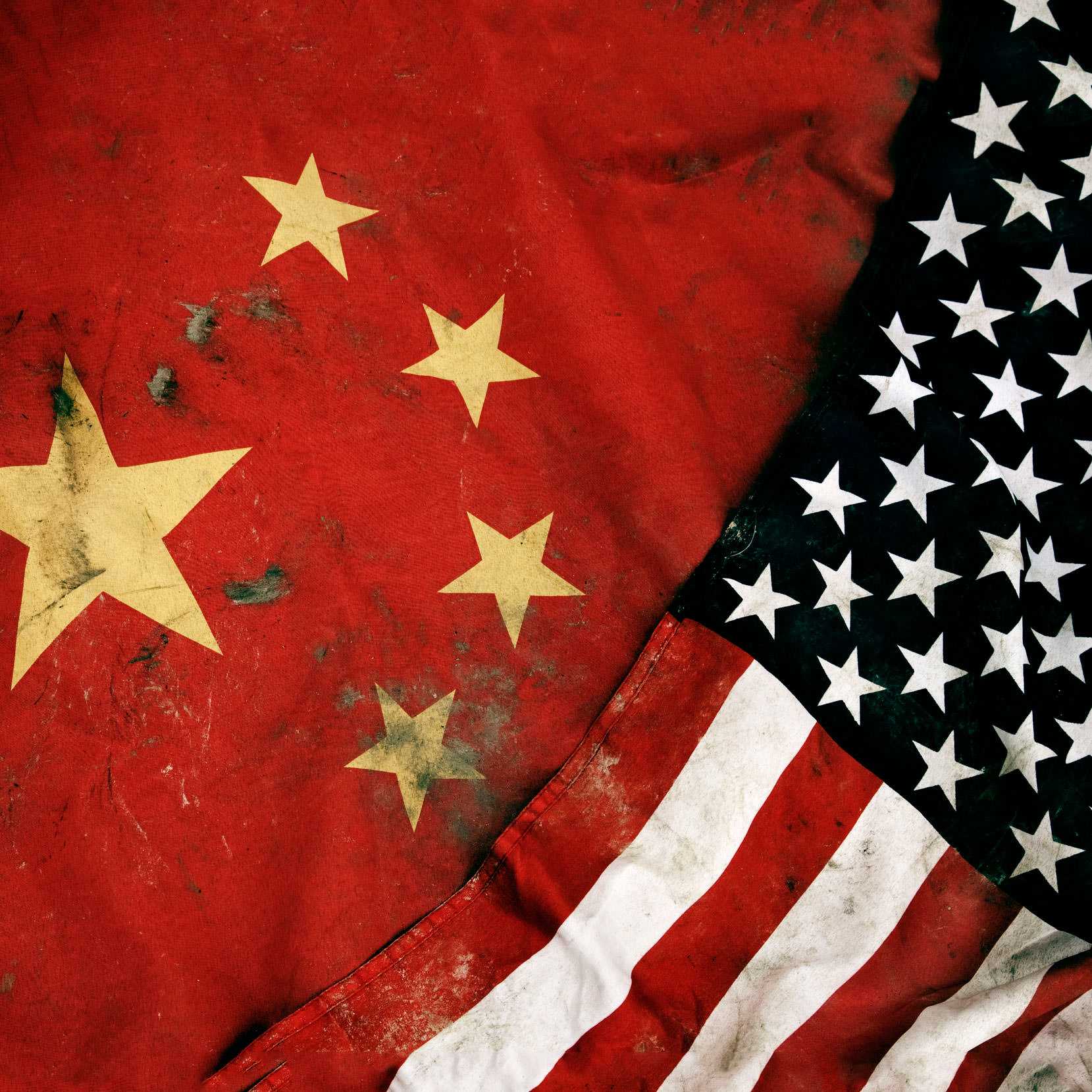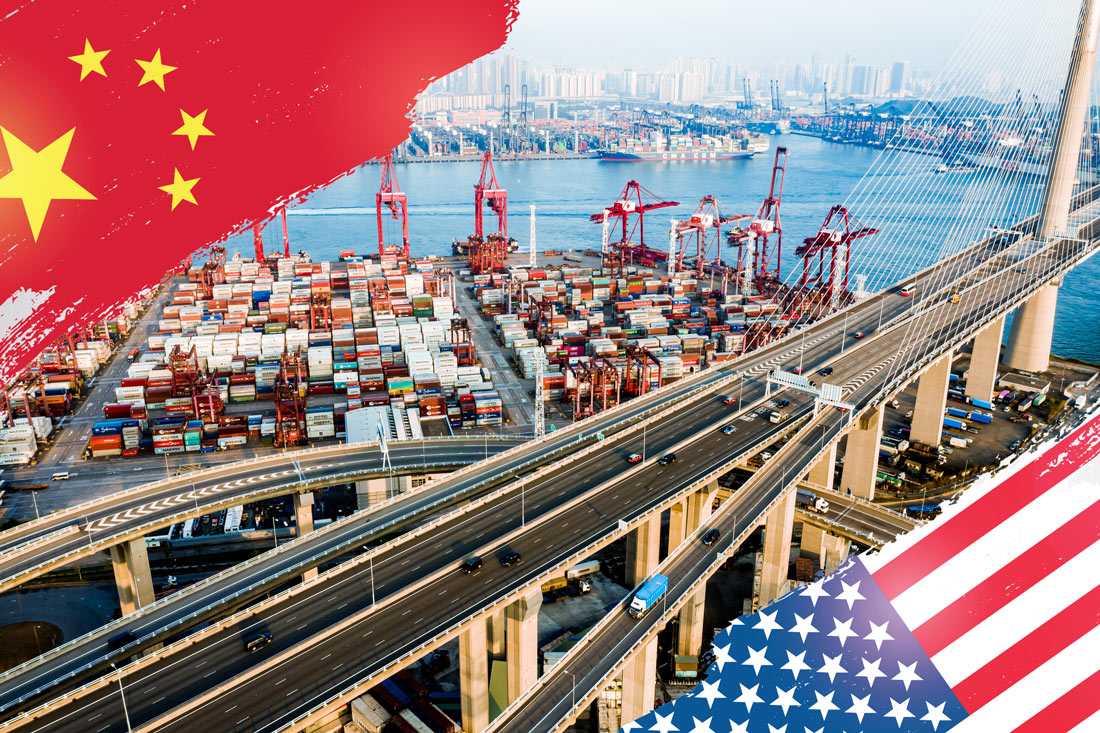

This article was originally published by Foreign Policy.
It was the centenary of the end of World War I earlier this month, and the images of entrenched forces locked in a futile conflict were strangely resonant. As U.S. President Donald Trump and Chinese President Xi Jinping prepare to meet at the G-20 in Buenos Aires this weekend, both leaders have already dug themselves into deep trenches. They need to climb out before the U.S.-China trade war becomes a protracted conflict, triggers a global economic crisis, and forces trading partners and international businesses to choose sides.
The only way forward is to seek peaceful coexistence through piecemeal compromise. The perfect vehicle for such talks is the Trans-Pacific Partnership (TPP), the multilateral free trade deal negotiated under former U.S. President Barack Obama, abandoned by Trump, and resurrected by other Asian-Pacific trade partners such as Japan. The G-20 meeting between Trump and Xi should produce an announcement that the United States and China will be launching bilateral negotiations to join the TPP together.
This may seem like a far-fetched idea, but this is not just another U.S.-China downswing. A paradigm shift is happening. Since Deng Xiaoping opened China’s doors 40 years ago, business and trade has provided the ballast to an often tumultuous U.S.-China relationship. The two economies have been basically complementary. China’s low-cost labor and manufacturing prowess provided inexpensive consumer goods that masked stagnant U.S. wage growth and kept a lid on inflation. U.S. companies made a lot of money in China, and China benefited from American know-how, technology, capital, and goodwill in assisting it with building its legal system, educating its best and brightest, and more.
Today, things are very different. China is now an economic powerhouse. Both economies are locked in “strategic competition,” as the United States has labeled it, to be the global leader in the most important technologies of the future.
This has left both countries dug into irreconcilable positions. The United States is essentially demanding that China change its system of authoritarian capitalism. China is insisting that problem is U.S. aggression aimed at containing the country’s rise, not the manner in which China conducts trade and business.
That’s where the TPP could come in. The United States and China share the need for an enforceable, multilateral, rules-based trading framework that would allow for their very different systems to interface without either side having an unfair advantage.
As a first step in sorting out the global trading order, it is imperative that the United States and China get Asia right. The 11 countries that went ahead in March and ratified an adjusted TPP agreement (renamed the Comprehensive and Progressive Agreement for Trans-Pacific Partnership, or TPP-11) would not allow the United States and China to join easily. That is a good thing. This would force the negotiators to tackle the most difficult and divisive issues. These include intellectual property protection, state-owned enterprise versus private enterprise competitive neutrality, cross-border investment, industrial policies, and generally working out an interface that does not allow China’s industrial policies and state capitalism to run roughshod over the market-based capitalism that prevails in business and trade across the world.
The United States, whether Trump likes it or not, has to make room for China. The country’s economy is too powerful and its markets too important for America’s leading companies to be blocked by an “economic Iron Curtain” as former U.S. Treasury Secretary Hank Paulson has dubbed the new divisions.
Trump’s tariffs on $250 billion in Chinese goods have captured China’s attention and back-footed its leadership. But he needs a way to wind down the tariffs before they take a serious toll on U.S. manufacturers, farmers, and consumers, many of whom he counts as his core supporters. American soybean exports to China have already plummeted by 97 percent from the previous year.
True, the tariffs are moving some supply chains and manufacturing out of China. But instead of relocating to the United States, they are going to Vietnam, Indonesia, the Philippines, and Mexico. As the founder of one of China’s largest technology manufacturing companies told me during a recent visit to his new $7 billion plant in southern China, “I will just expand in Mexico, because the U.S. doesn’t have the engineers, plant managers, and know-how that we need.”
Xi’s situation is not so different. China is vulnerable. Decades of economic distortions are surfacing, and the country is up to its neck in domestic debt. The only remedy is continued growth. U.S. tariffs will stymie growth and require a new flood of debt-financed stimulus.


